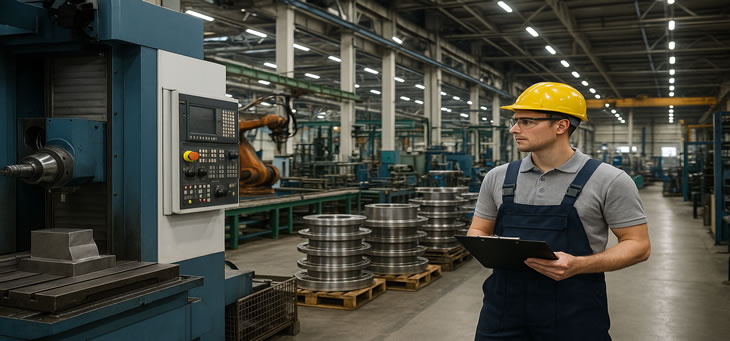Manufacturing in Europe and the United States
Manufacturing in Europe and the United States remains a cornerstone of their respective economies, each exhibiting distinct strengths, challenges, and trajectories.
Manufacturing in Europe and the United States
Manufacturing in Europe and the United States: A Global Benchmark
Europe and the United States have long stood as pillars of industrial manufacturing, known for their innovation, high-quality standards, and commitment to sustainable production. While both regions share similarities, they also have distinct characteristics shaped by their economic models, labor markets, and regulatory environments.
Europe: Precision, Sustainability, and Specialization
European manufacturing, especially in countries like Germany, Italy, and France, is known for its engineering excellence, particularly in sectors like automotive, aerospace, machinery, and luxury goods. German manufacturing, for instance, emphasizes precision engineering and is a global leader in industrial automation and export-driven manufacturing.
The European Union’s Green Deal and emphasis on carbon neutrality have also pushed manufacturers to invest in clean technologies, circular economy practices, and digital transformation (Industry 4.0).
Key characteristics:
High-tech production & automation
Focus on sustainability and environmental regulations
Strong vocational training systems (like Germany’s dual education)
Niche market specialization
United States: Scale, Innovation, and Resilience
Manufacturing in the U.S. is marked by its scale, advanced R&D capabilities, and flexible labor practices. From aerospace giants like Boeing to high-tech electronics and biotech, the U.S. industrial base is dynamic and diverse. The rise of reshoring initiatives—bringing production back to the U.S.—has been fueled by supply chain disruptions and geopolitical factors.
There’s a growing push toward smart manufacturing, including AI, IoT, robotics, and additive manufacturing (3D printing), particularly in hubs like the Midwest, California, and Texas.
Key characteristics:
Emphasis on innovation and large-scale production
Strong private sector investment in new technologies
Growing reshoring and nearshoring trends
Robust infrastructure for supply chain and logistics


Lets get started
Our have the best people with whom we can overcome allobstacles in our way, with whom we confidently look to the future.